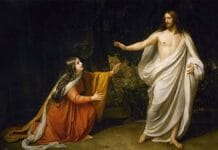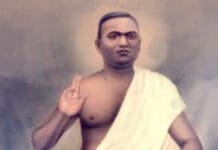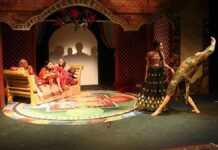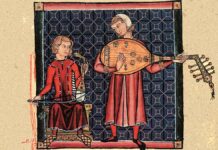A Hindu Princess and Her Islamic Dynasty is a tale from Kottarathil Sankunni’s renowned work, Aithihyamala (Garland of Legends), a collection of traditional stories, folklore, and historical narratives from Kerala. The story delves into the life of a Hindu princess who becomes part of an Islamic royal dynasty through an unexpected turn of events. This narrative explores themes of love, cultural integration, and the complex dynamics between Hindu and Muslim communities in historical Kerala.
The story revolves around a Hindu princess from Kerala and her unexpected marriage into a Muslim household, fascinatingly blending cultural and religious narratives. Sankunni, through his storytelling, explores the intricate dynamics between Hindu and Muslim communities during a historical period marked by both coexistence and tension.
One day, two young, unwed princesses from the Chirakkal Kolathiri family went to the river to bathe in their protected place. They were tired after spending much time in the river, and the younger one swam back to shore. Her sister was overcome by fatigue and was in danger of drowning, seeing as the younger sister cried loudly. This was heard by a handsome Muslim youth nearby. He jumped into the water and pulled the princess towards the shore. As they approached the shore, the princess stopped in neck-deep water and refused to move. Understanding that she had lost her clothes in strong currents, the man untied one of the clothes around him, threw it to her, and then left the place. The princess wrapped the Muslim lad’s clothes and went ashore.
The news of the rescue reached everywhere, and the ruler, the princess’s uncle, searched out the Muslim youth, one of his soldiers. The ruler rewarded the soldier with gifts and promotions in the army. But the rescued princess refused to enter the palace and moved into an outhouse in the palace yard. She said that in rescuing her, the Muslim youth held her hand and then gave her a cloth, which are two acts that constituted the more significant part of a marriage ritual. Since marriage with a Muslim was not permissible, the princess considered herself an outcast. The ruler tried to persuade the princess but was in vain. All agreed that a palace with all comforts should be built nearby for the princess. To ensure her physical security, she was given in marriage to her rescuer. He was also given the same privileges as consorts of princesses were entitled to according to the custom of the time. The princess became known by the Muslim name “Arakkal Beevi”, and her male descendants were called “Arakkal Rajas”. Whenever the Chirakkal Kolathiri family members met the Arakkal Rajas, the latter always greeted them with traditional gifts.
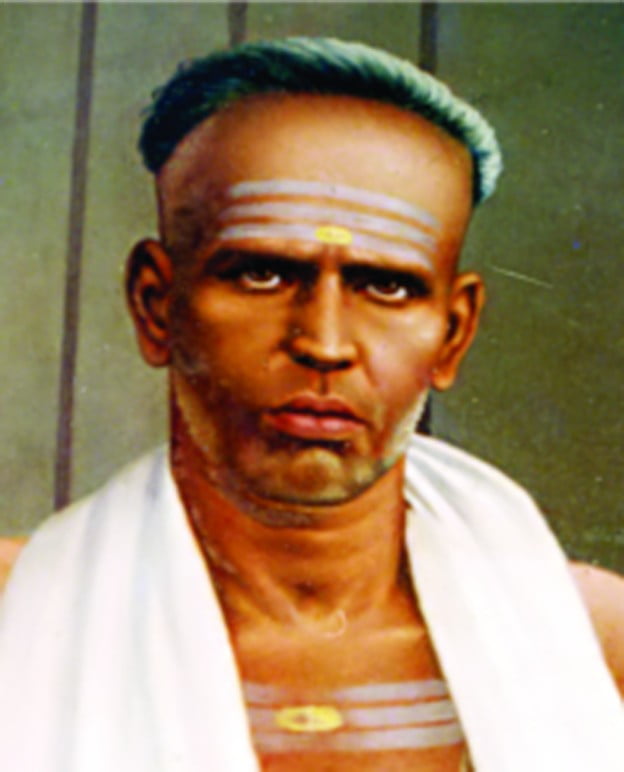
The Princess and the Dynasty
The central figure in the story is a princess from a prominent Hindu royal family. Her marriage into a Muslim household forms the crux of the narrative, symbolising a union that transcends the rigid religious boundaries of the time. The story highlights how love, respect, and mutual understanding can bridge the cultural and religious divides that often seem insurmountable.
Historical Context
Set against the backdrop of medieval Kerala, the story reflects the historical reality of a region that was a melting pot of different cultures, religions, and traditions. Kerala’s history is marked by significant interactions between Hindu, Muslim, and Christian communities, often facilitated by trade and political marriages. The story reflects this historical context, where such unions were not just possible but a part of the social fabric.
Themes of Tolerance and Unity
One of the key themes of the story is religious tolerance and unity. Sankunni, through this narrative, subtly critiques the divisiveness of religious intolerance, instead advocating for a society where differences are respected and celebrated. By showcasing a successful union between two individuals from different religious backgrounds, he advocates for a more inclusive and tolerant society. The story suggests that such divisions are superficial and can be overcome through understanding and compassion.
Power of Love and Respect
At the story’s heart is a message about the power of love and respect in overcoming differences. The princess’s journey is one of personal growth as she learns to embrace a new lifestyle while maintaining her identity. The story emphasises that true harmony is achieved not by erasing differences but by finding ways to coexist with them.
Symbolism and Metaphor
The story is rich in symbolism, with the princess’s marriage serving as a metaphor for the potential union between different religious communities. Her character embodies the virtues of adaptability, love, and respect, which are crucial for peaceful coexistence. The Islamic dynasty, meanwhile, is depicted as an integral part of the cultural landscape of Kerala, challenging any notions of religious exclusivity.
Cultural Synthesis
Sankunni’s narrative is rich with cultural details, depicting the customs, rituals, and traditions of the Hindu and Muslim communities. The story portrays how the princess, despite her Hindu upbringing, adapts to life in a Muslim household, learning to navigate and respect the cultural norms of her new family. This cultural synthesis is a central theme, demonstrating the possibility of harmonious coexistence between religious traditions.
A Hindu Princess and Her Islamic Dynasty is a profound narrative that explores the themes of cultural integration, religious tolerance, and the power of love and respect in bridging divides. Through the story of a Hindu princess who becomes part of an Islamic dynasty, Sankunni presents a vision of a society where differences are tolerated and celebrated. The story is a testament to the rich cultural heritage of Kerala and serves as a reminder of the possibilities for harmony in a diverse society.

